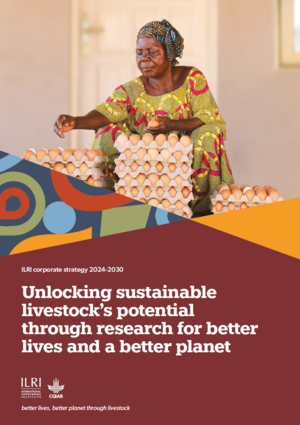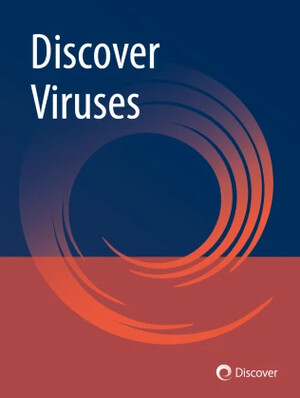
Staphylococcus aureus—A foodborne pathogen: Epidemiology, detection, characterization, prevention, and control: An overview
Abstract
The genus Staphylococcus currently comprises more than 50 species. These small, hardy bacteria are normal inhabitants of the skin and mucous membrane in many animal species including humans; they are also ubiquitous in the environment. However, Staphylococcus aureus is also an important pathogen of humans and animals. It is a common cause of skin infections and foodborne disease in people, as well as sepsis in hospitals and nurseries. It is also an important cause of mastitis in dairy animals and of bone and joint lesions in poultry (bumblefoot) as well as an occasional cause of skin infections in livestock. Companion animals, such as dogs, cats, and horses, may play a role in S. aureus transmission; they are also vulnerable to S. aureus infections (Bierowiec et al., 2016). This chapter aims to provide a brief introduction of the versatile bacterial organism S. aureus, with special focus on its role as foodborne pathogen both, from the perspective of the industrialized and the developing world. Moreover, this chapter briefly outlines the content of the whole book.
Citation
Grace, D. and Fetsch, A. 2018. Staphylococcus aureus—A foodborne pathogen: Epidemiology, detection, characterization, prevention, and control: An overview. In: Fetsch, A. (ed), Staphylococcus aureus. Amsterdam, Netherlands: Elsevier: 3–8.








